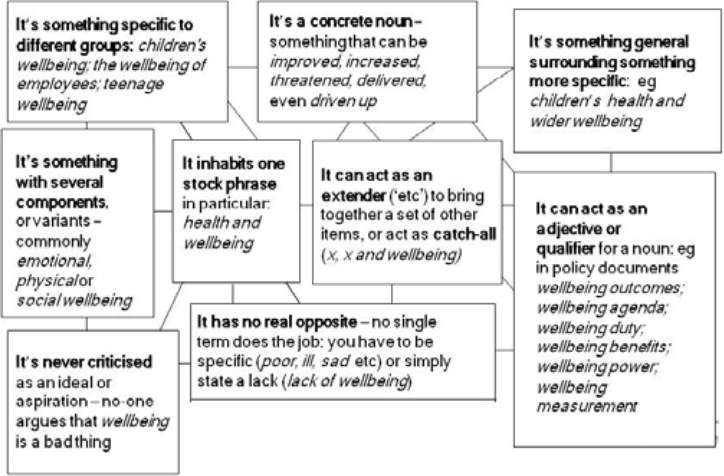

I know when I get angry I seem to like myself less. Therapist: Extreme emotions are difficult to deal with. Therapist: You’re not sure how much of this is because of your actions and how much is because of your husband.Ĭlient: I go from angry to sad and back again many times a day. Sometimes I hate myself because of it and other times I think its his fault that I can’t get anything done.

Therapist: That’s a lot to deal with, it sounds like you are quite overwhelmed right now.Ĭlient: Exactly. I just don’t see any way out of this whole mess. I can’t seem to accomplish anything and my husband says he wants a divorce because I just sit around all day doing nothing. What do you see as your reason for your coming in to talk with me today?Ĭlient: Well, I see myself as a loser. Therapist: I’m very curious about what’s going on with you.

#CARL ROGERS REFLECTIVE LISTENING PROFESSIONAL#
He may discuss his education, therapeutic philosophy and other professional aspects, but may also talk about his family, how his day is going, and his goals for the future. Assuming this is a first session, the therapist would likely start by revealing some information about himself. Notice that the therapist never provides answers or interpretation and never assumes he knows more than the client. The fictitious therapy session below shows how a typical Rogerian session might go. It is the therapist’s job to help them find it. The client, according to Rogers, has the answers and the direction. Many people have said that their beliefs become more real once they are presented back to them by someone else.īy following these concepts, therapy becomes a self-exploration where the therapist is the guide rather than the director. Second, it allows the client to hear their own thoughts in a different way. First, it shows the client that you are paying attention, thinking about what he or she is saying, and also understanding the underlying thoughts and feelings. By reflecting a person’s words in a different manner, you can accomplish two things. Rogers believed that the key to understanding the self was not interpretation, but rather reflection. Therefore, remaining secretive as a therapist, encourages the client to hold back important information. Research has shown that we share information at about the same level as the other person. Unlike Psychoanalysis and many other approaches to therapy, Roger’s believed that in order for the client to disclose, the therapist must do the same. Disclosure:ĭisclosure refers to the sharing of personal information. He also believed that by judging a person, you are more likely to prevent disclosure. Roger’s believed that people are competent in seeing their mistakes and knowing what needs to change even if they may not initially admit it. Non-Judgmental Attitude:Īlong with seeing the person as worthy, the therapist should never pass judgment on the individual. Accepting the client as innately worthwhile does not mean accepting all actions the client may exhibit. Without unconditional positive regard, the client will not disclose certain information, could feel unworthy, and may hold onto negative aspects of the self. The therapist must believe that people are basically good and must demonstrate this belief to the client. These basic concepts include: Unconditional Positive Regard: His approach to treatment is called Client or Person-Centered-Therapy because it sees the individual, rather than the therapist or the treatment process as the center of effective change. Rogers believed in several key concepts that he believed must be present in order for healthy change to take place. He was a true follower of humanistic ideation and is often considered the person who gave psychotherapy it’s basic humanistic undertones. His professional goal was more on helping people change and improve their lives. While Maslow was more of a theorist, Carl Rogers was more of a therapist. Share Tweet Share tumblr reddit The Person-Centered Approach


 0 kommentar(er)
0 kommentar(er)
